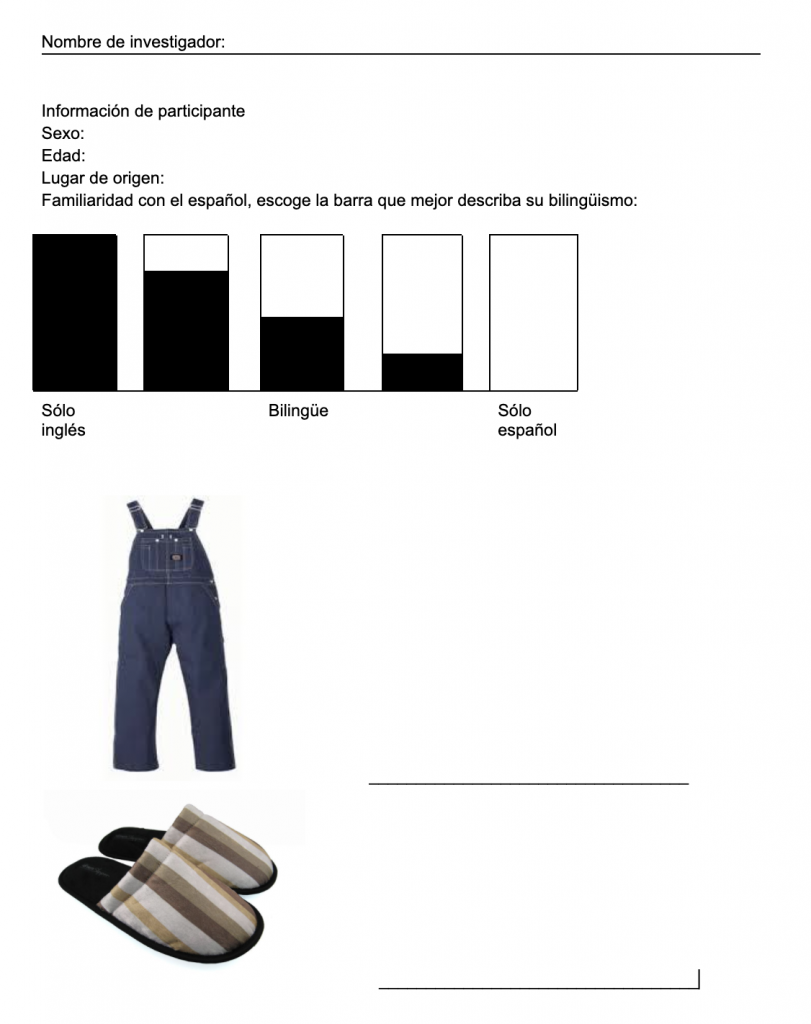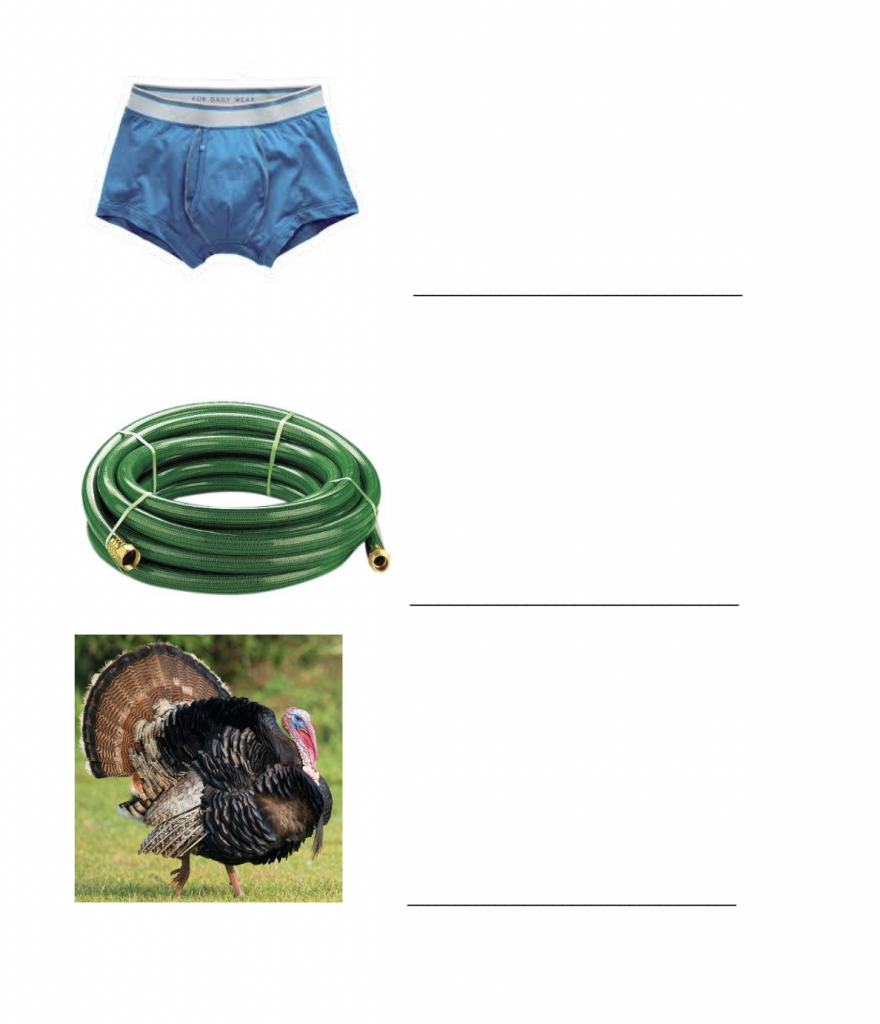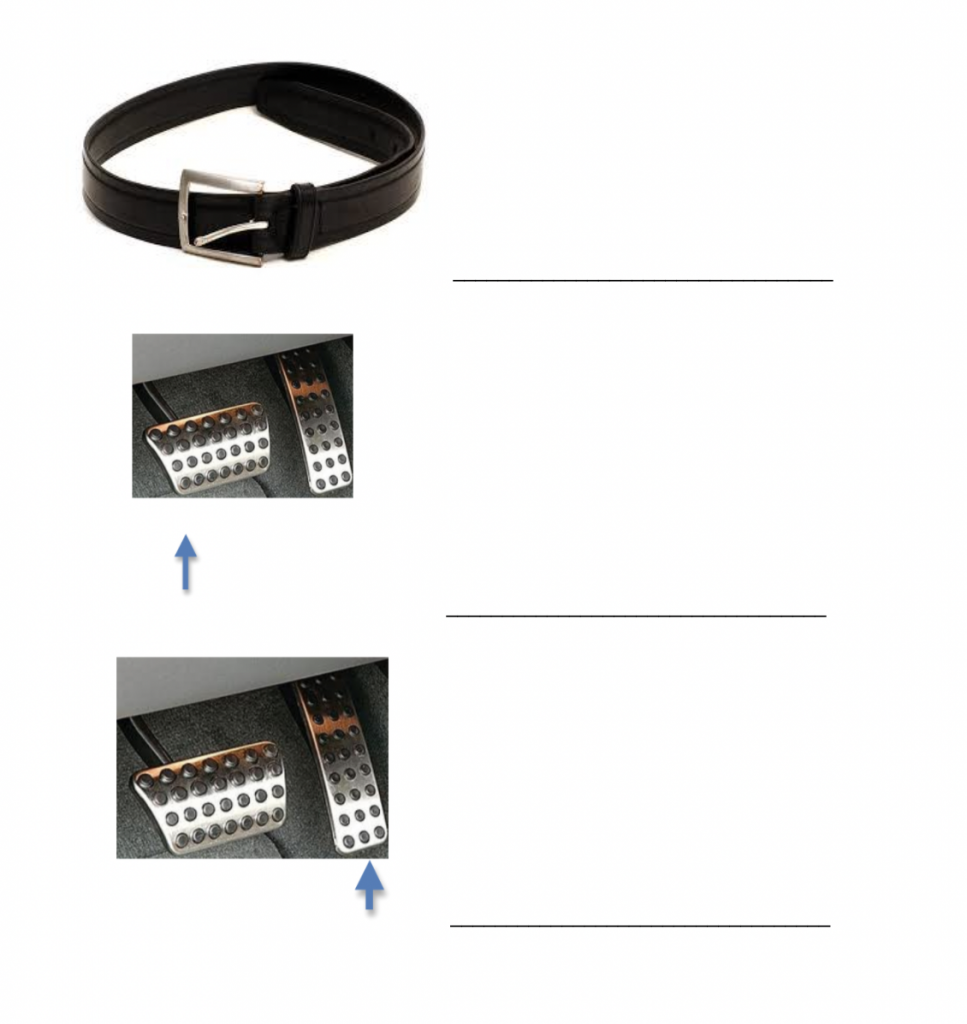15 Para cerrar el capítulo: Variación de palabras
Damian Wilson

Have you ever wondered if a certain word you know in Spanish is the ‘correct word’ for a certain object or action? As Spanish as a Heritage Language students, we often come to know certain vocabulary items through our experience with Spanish speakers from our communities. For example, it is very common to hear speakers of Spanish from many regions say asina ‘like that’. Yet, is asina the correct word? We sometimes have to confront this question when we use our community words in settings where speakers have been taught that a different word is the correct word. Speakers who have been formally educated in Spanish in and outside of the United States will often emphatically tell you that asina is wrong and that the right word is así. However, the notion that one word is inherently correct and that another word with the same meaning is wrong is misleading. The word asina appears in sophisticated and revered texts from the Golden Age of Spanish including Don Quixote and La Celestina.
Has someone ever told you, “That’s not a word”? Regardless of the language, many people believe that a word is only a word if it appears in a dictionary. Yet speakers manipulate language to fit their communicative and social needs. For example, the word mansplaining is heard in modern pop-culture and social media but would not appear in any dictionary (yet). Bilinguals have a great deal of linguistic inventory at their disposal with which they can be very creative. Sometimes this creativity is part of a payaso’s comedic repertoire, like saying thingadera, but sometimes this creativity is born out of a need to describe newly encountered objects and can come to be a community norm. The word troca, to give an example, derived from English truck, was first used in the 1800s to describe flat railroad cars in New Mexico and was later extended to refer to pickup trucks. Many educators will denounce troca and tell you that the word is camioneta or furgoneta. While it adds to our vocabulary to know these more standardized words, we have to realize that these will sound and look odd in communities of practice where they are not used.
Drawing on concepts from the field of sociolinguistics, we recognize that words tell complex stories and that every community of linguistic practice will come to have their own terms for different things. These varied terms may have cultural importance and we have to acknowledge that they are all legitimate because they fit the communicative and social needs of the community in question.
Let’s increase our vocabulary! In this project you will show the images of five different items to five different Spanish speakers and ask them to give you the term that they use. Please reassure the participant that this is not a quiz of their literacy skills. Instead, we are attempting to document the rich language variation found in Spanish-speaking communities around us.
Parte 1: Ejercicios
You will complete steps 1 and 3 as a group, and 2 and 4 individually.
Step 1: Brainstorming
Your teacher will select certain images, but you also have a chance to apply your knowledge of variation by selecting images of interest, known to vary from one community to the other.
Step 2: Collection of Data
You will use the images of objects and collect data from 5 different individuals using the template created.
Step 3: Presentation of Data
In groups of 3-4 students you will aggregate the data collected and analyze it for any obvious trends. For example you might wish to explore the following questions: Is there a set of terms associated with speakers from certain regions? Do women use more standardized vocabulary than men? Do younger speakers have different vocabulary than older ones?
Your presentations are to last 10-12 minutes in which you will discuss the data you collected as well as your experience in conducting the final project.
Criteria for presentations:
- 10-12 minutes long
- You are not to read your presentations, rather engage and talk to the audience
- Presentations should be creative and stimulating to the audience
Step 4: Final Report
You will write a report that will include two portions:
- An analysis of the collection of data
- Reflection concerning the final project
Example template


